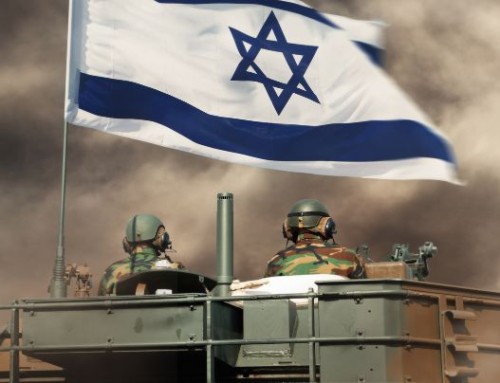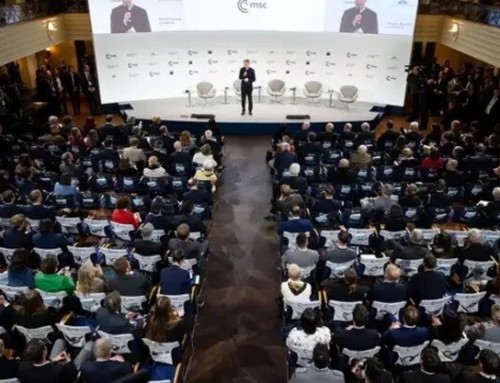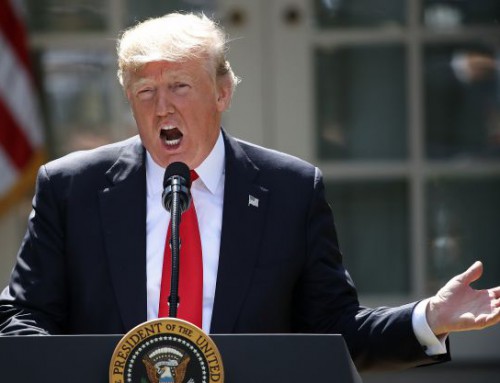 11/11/11 represents the 11th hour of the 11th day of the 11th month of 1918 when an armistice was declared on the Western Front ending World War I. President Woodrow Wilson subsequently declared November 11th Armistice Day. In 1954, the law renamed Armistice as Veteran’s Day, not to be confused with Memorial Day that celebrates those American who gave their lives in battle.
11/11/11 represents the 11th hour of the 11th day of the 11th month of 1918 when an armistice was declared on the Western Front ending World War I. President Woodrow Wilson subsequently declared November 11th Armistice Day. In 1954, the law renamed Armistice as Veteran’s Day, not to be confused with Memorial Day that celebrates those American who gave their lives in battle.
In the UK, 11/11/11 is known as Remembrance Day with the wearing of red paper poppies commemorating the end of a war in which more than fifty million perished. And the next year, 1919, perhaps another fifty million died in the Spanish Flu epidemic. But the likelihood of a future 11/11/11 moment to mark the end of President Barak Obama’s pledge to degrade and ultimately destroy the Islamic State (IS) seems as remote as outer space.
The first, first principle question the administration has not answered is how to attack and neutralize a perverted and corrupt ideology. Despite the overwhelming majority of Muslims who see IS as dangerous, distorted and repulsive, sadly, its obscene practitioners and followers have cunningly twisted Islam into a disguise and cover for advancing their aim of establishing a caliphate. Hence, the first failure of the campaign to end IS has been the absence of a counter-narrative to delegitimize and defeat this extreme, violent radicalism.
Second, the Obama administration lacks strategic patience and indeed strategic thinking. Having made withdrawal from the “wrong” war in Iraq a campaign pledge in 2004, the White House made good on that promise. Critics argue that this blunder allowed a corrupt and incompetent government led by Nouri al Maliki to fritter away the successes in ending the Saddam Hussein’s Ba’athist rule precipitating the current crisis. Blame also applies to George W. Bush who was unable to persuade the Iraqi government to sign a status of forces agreement allowing U.S. troops to remain behind.
Third, the remarkable territorial advances of IS in Syria and Iraq forced Mr. Obama to respond with air strikes and sending about a thousand U.S. military personnel back to Iraq to “advise and train” the now reeling Iraqi Army. Last Friday, Mr. Obama approved sending an additional 1500 troops to Iraq to expand this mission. The day before, Central Command Commander Army General Lloyd Austin in a public appearance expressed confidence in the current strategy.
Pointedly asked by former Senator John Warner how Austin would explain to Congress and the public a request for more forces when the time came, the general deftly side stepped the question. Repeating that the strategy was working, the general added that if more forces were needed, he would make that recommendation. The impression was created that such a request would not be forthcoming soon.
That Obama did just what Warner implied the very next day raised the question of who was in charge in fighting IS. Obviously, no general wishes to get ahead of his immediate boss, the Secretary of Defense or the commander-in-chief. And by maintaining a poker face, Austin did neither. However, the specter of the infamous “Five o’clock Follies” press briefings in Saigon describing how well the war in Vietnam was going lingers.
Clearly, the strategy remains a work in progress. While the outlines are clear—form a coalition; degrade IS with air strikes; and retrain Iraqi and Pesh Merga ground forces for a final offensive to eject IS from Iraq—the administration seems to be lurching from one new tactic to another, casting doubts on the soundness of the current strategy to fulfill its aims. Of course, all administration spokespersons rightly forecast that defeating (and destroying) IS will take years.
Unfortunately, the current strategy is a response to the symptoms of the danger IS presents and not its causes which are complex. Since the assassination of Archduke Franz Ferdinand and his wife Sophie on June 28th, 1914, largely invisible tectonic forces were created that form many of the causes threatening peace today.
Not only has the three and a half centuries old Westphalian system of state-centric politics been challenged by the empowerment of individuals, groups and non-state actors particularly IS. The artificial boundaries of the Middle East, codified by the secret Sykes-Picot Treaty of 1916, have been eliminated. And the future of Islam, wracked by the struggle among radicals, conservatives and modernists as well as between Sunni and Shia (and Saudi Arabia and Iran), has been thrust into what Winston Churchill once called the “volcano of Iraq” as long ago as 1922.
Unless or until the White House grasps these realities, do not count on another 11/11/11 declaring the end of IS any time soon.






Leave A Comment